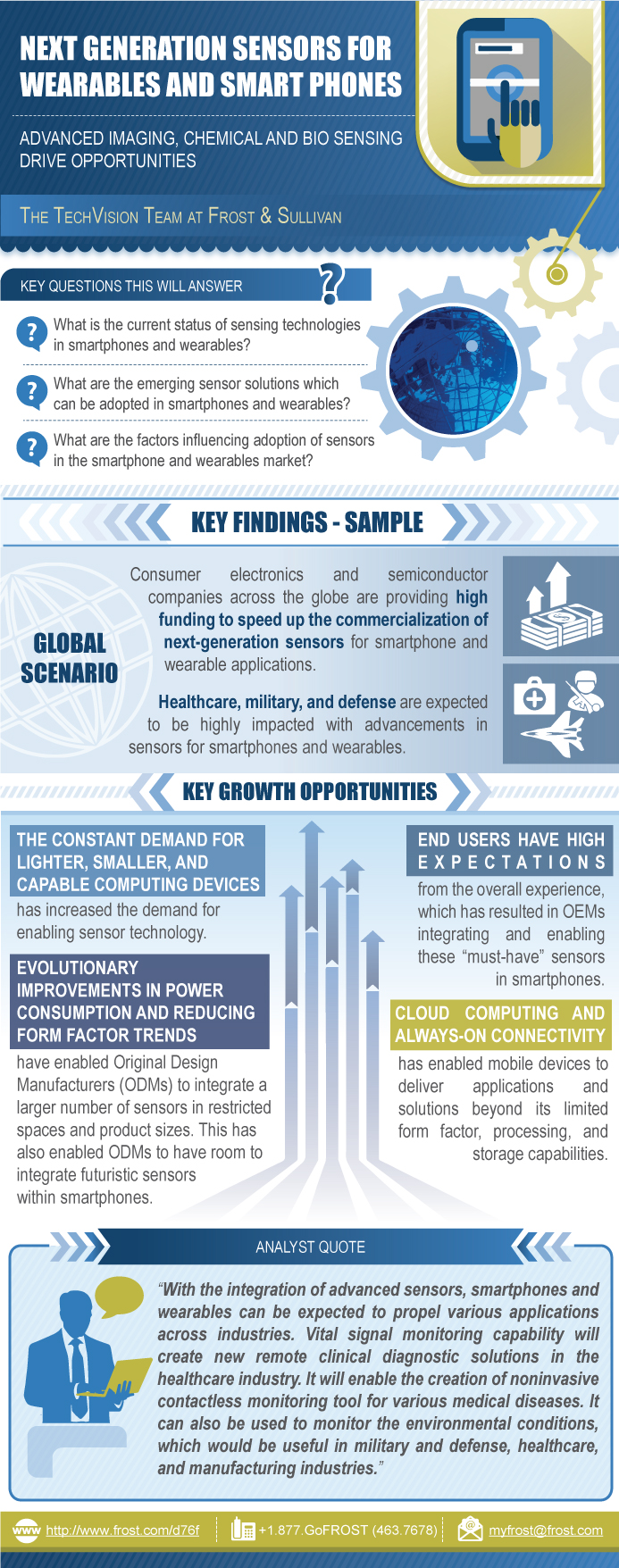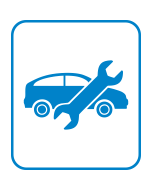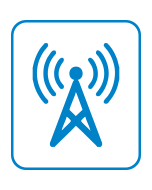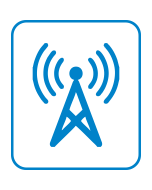Next Generation Sensors for Wearables and Smart Phones (TechVision)
Next Generation Sensors for Wearables and Smart Phones (TechVision)
30-Sep-2016
Global
Description
Sensors for smartphones and wearables are an emerging application for sensor technology manufacturers. Advancement in sensors create opportunities for sensor manufactures to explore a wide range of applications. Increased adoption of smart devices across various industries is encouraging research and development activities in the sensor industry.
Next-generation sensors are poised to influence the smartphones and wearables market. Though increased intelligence, ease of integration, and real-time integration features may drive opportunities, and data privacy and security are key factors that hinder widespread adoption. The technology and innovation report focusses on capturing emerging sensor applications enabled by advanced imaging, chemical, environmental, and biosensing devices and systems.
Key questions addressed in the innovation research service:
What is the current status of sensing technologies in smartphones and wearables?
What are the emerging sensor solutions which can be adopted in smartphones and wearables?
What are the factors influencing adoption of sensors in the smartphone and wearables market?
What are the patent and funding trends?
What are the key innovations propelling R&D in next-generation sensors?
What is the R&D pipeline for next-generation sensors?
RESEARCH: INFOGRAPHIC
This infographic presents a brief overview of the research, and highlights the key topics discussed in it.Click image to view it in full size

Table of Contents
1.1 Research Scope
1.2 Research Methodology
1.3 Research Methodology Explained
1.4 Key Findings
1.4 Key Findings (continued)
2.1 Current Technology Scenario
2.2 Motion Sensors – Gyroscope, Gravity Sensors, Accelerometer, and Rotation Vector Sensor
2.3 Environment Sensors – Barometer, Light and Air Humidity Sensors
2.4 Position Sensors – Orientation, Magnetometer, and Proximity Sensors
2.5 Other Types of Sensors – Fingerprint, Pedometer, Image, and Blood/Heart Rate Monitoring Sensors
2.6 Next Generation Technologies – Advanced Imaging, Biosensors, Gas/Chemical Sensing, Environment Sensors
2.7 Advanced Imaging – Thermal Imaging, 3D Imaging, Image Stabilization, Aperture Development
2.8 Advanced Environmental Sensing
2.9 Chemical/Gas Sensors – VOC Sensing, Toxic Gas Detection, Breath Analysis, Industrial Emission Monitoring, Explosives Detection
2.10 Biosensors – Telemedicine, Smart Fabrics, Biochemical Detection, and Blood Oxygen Monitoring
2.11 Factors Influencing Adoption in Smart Phones – Increased Intelligence, Ease of Integration, Real-time Interactivity, Privacy Issues
2.12 Drivers Explained
2.13 Challenges Explained
2.14 Driving Factors in Wearables – Miniaturization, Sensor Fusion, Growing End-user Needs
2.15 Factors Hindering Adoption in Wearables – Data Accuracy and Security, Lack of Commercial Solutions
3.1 Global Patent Filing Trends of Wearable Sensors
3.2 Country-wise Patent Trends of Wearable Sensor Technologies
3.3 Key Patent Holders of Wearable Sensor Technologies
3.4 USA is an Emerging Destination for Smartphone Sensors Accounting for Majority of Patent Filings
3.5 Patent Trends of Emerging Sensor Technologies in Smartphones and Wearables
4.1 Funding Trends in Wearable Sensors – Miniaturization, Contactless Ability, Reducing Wastage are Key Focus Areas
4.2 Funding Trends in Smartphone Sensors – Enhanced Connectivity, Data Accuracy, New Device Technologies are Key Focus Areas
5.1 Innovation Ecosystem Overview – Government Agencies are Largely Supporting Technology Development and Commercialization
5.2 Wearable Touch Sensors for Mobile Computation
5.3 Wearable Device Turns User’s Thumb into Tracking Pad
5.4 Detection of Toxic Gases via Smartphones
5.5 Analysis of Real-time Changes in Chemical Composition of Sweat
5.6 Wearables to Predict and Prevent Asthma Attacks
5.7 Sensors for the Detection of Pollution
5.8 Sensors which Can Be Embedded under the Screen of Applications
5.9 Detection of Alcohol Content in the Blood of the End User
5.10 Multimodal Sensing Device for People Affected with Dementia
5.11 Wearable Sensors for Military Personnel Tracking without GPS
6.1 Technologies/Applications Influencing Future Smartphones and Wearable Sensors – Roadmap
6.2 Growth Opportunities – Smartphone Sensors
6.3 Growth Opportunities – Wearable Sensors
6.4 Companies to Watch
6.5 Key Questions for Strategy Planning
7.1 Key Patents – Smartphone Sensors
7.1 Key Patents – Smartphone Sensors (continued)
7.1 Key Patents – Smartphone Sensors (continued)
7.1 Key Patents – Smartphone Sensors (continued)
7.2 Key Patents – Wearable Sensors
7.2 Key Patents – Wearable Sensors (continued)
7.2 Key Patents – Wearable Sensors (continued)
7.2 Key Patents – Wearable Sensors (continued)
7.3 Industry Contacts
7.3 Industry Contacts (continued)
Legal Disclaimer
8.1 The Frost & Sullivan Story
8.2 Value Proposition: Future of Your Company & Career
8.3 Global Perspective
8.4 Industry Convergence
8.5 360º Research Perspective
8.6 Implementation Excellence
8.7 Our Blue Ocean Strategy
Popular Topics
| No Index | No |
|---|---|
| Podcast | No |
| Author | Jabez Mendelson |
| Industries | Telecom |
| WIP Number | D76F-01-00-00-00 |
| Is Prebook | No |
 USD
USD GBP
GBP CNY
CNY EUR
EUR INR
INR JPY
JPY MYR
MYR ZAR
ZAR KRW
KRW THB
THB




